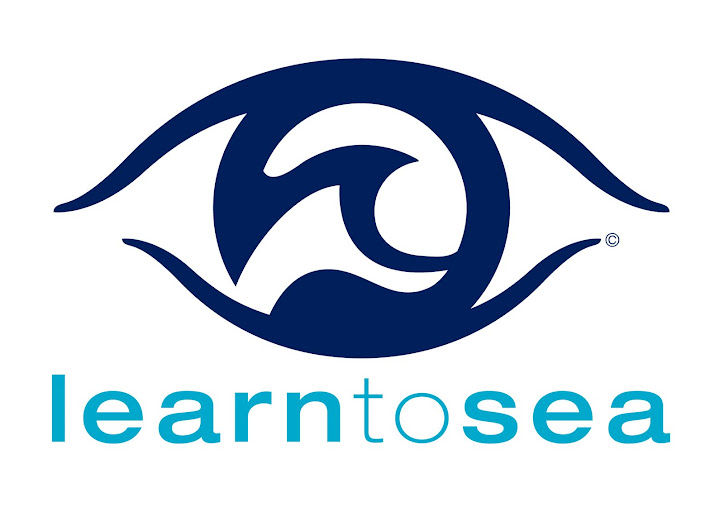

Fred is a very special monkey. He has travelled to many countries and seen many beautiful things and amazing marine wildlife. In 2009 he was with Ron Hirschi on Midway Atoll. This is part of the Papahanaumokuakea Marine National Monument. (http://www.papahanaumokuakea.gov/) , Midway is 1250 miles West of Hawaii in the middle of the Pacific Ocean. It is an incredibly important marine mecca and demonstrates some of the best marine wildlife that can be seen on this planet. It is home to Hawaiian Monk Seals, Green Turtles, Tiger Sharks and amazing coral reefs. Due to it's remote location it has very little impact from tourism, recreation or humans. For that reason it has amazing marine wildlife and is also a marine protected area. It is everything you would imagine from an atoll in the middle of the Pacific Ocean.
What you might not imagine is the daily quantity of rubbish that is washed up on to the shores of the golden beaches. Whilst, very few people have ever and will ever visit Midway, humans have still left their mark. The Pacific Gyre ( a vast current) transports, circulates and concentrates rubbish in to an area that is called "the Pacific Garbage Patch". It doesn't take long to find images of the Hawaiian Monk Seals entangled in nets and to see what effect it has. On the island, Laysan albatross' nest - here, they have found a safe haven undisturbed by humans where they can rear their chicks in safety. The albatross will soar for thousands of miles collecting food for their chicks. They love squid and will scoop it out of the water, return to their chicks and regurgitate the food for their offspring. What an amazing sign of devoted parenthood! But, as you may have guessed, the chicks are then accidentally fed lighters, bottle tops and rubbish. Many chicks do not make it past 3 months.
Some may say, "So what effect does that have on me?" Well, perhaps you can separate yourself from the fate of the chick but we may all be unwittingly consuming toxins from oceanic plastic. As plastic breaks down and is ingested by barnacles or fish any chemicals on the plastic can absorb in to the flesh and build up in the food chain. What will the effect of this be in decades to come? It's worth not leaving it to experimentation and try doing something about it now.
This is where Fred came in. Ron was so effected by this that his idea was to send Fred the Monkey around the world with a resource box to educate and inspire change on the issue of marine litter.
Fred is now here in the UK. He has already been on a New Year beach clean with myself and the Aune Conservation Association. Here, we found litter from China and a vast array of plastics from cattle medicine tubes to frisbees. He has also visited Blackawton Primary School to inspire the children there to create a project / idea to help with the marine litter issue. So, I will continue to update on Fred's progress but more can be found at http://www.soaronhirschi.blogspot.com/
If you would like to hear more from Fred please do get in touch, or if you are interested in hosting him he would love to see the rest of the UK. info@learntosea.co.uk
Top Photo: Blackawton Primary School children with some soaps provided by http://www.devonnaturals.co.uk/ to show how we can reduce our plastic consumption by choosing household items without plastic packaging.
Top Left Photo: Fred with a beer holder caught round his neck after a beach clean on the Avon. N. B. No harm occured to any monkey in the taking of this photo. He was removed from this restriction without any harm or injury. I'm not sure the same can be said for much wildfowl in our estuaries and around our coast in the UK and all over the world.

